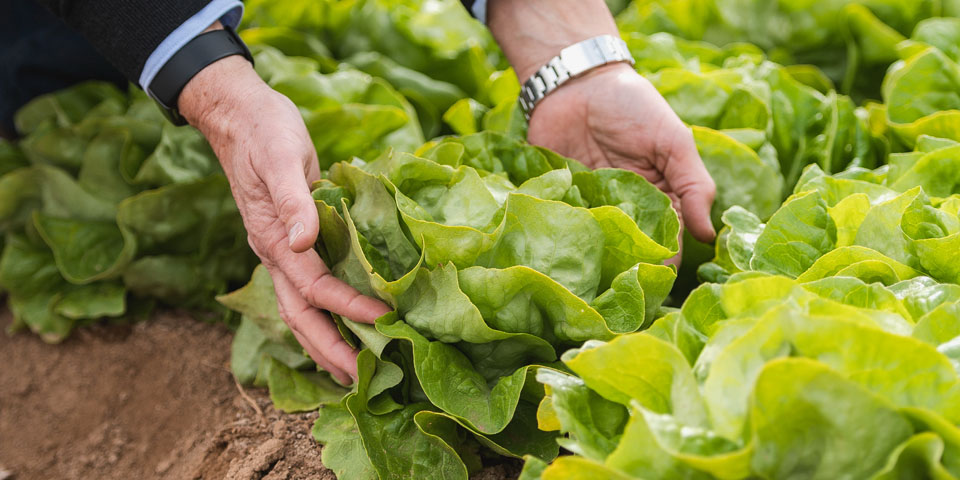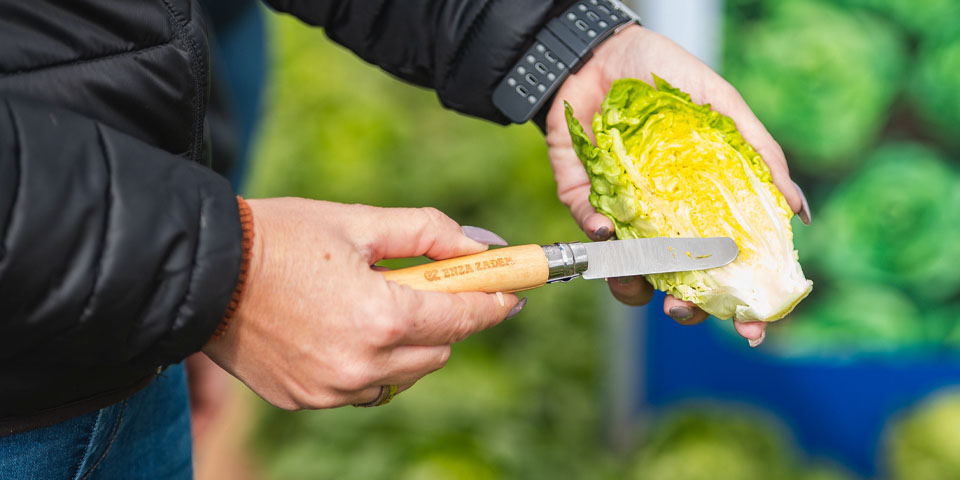
12 July 2023 News

At Enza Zaden, we offer a wide range of robust varieties with excellent field performance, outstanding post-harvest quality, and high levels of Bremia Resistance. Our dedication to innovation and quality allows us to support growers worldwide in their fight against downy mildew.
Bremia lactucae is a genetically diverse pathogen responsible for causing downy mildew in lettuce. This disease presents a major challenge for lettuce growers worldwide, as multiple races of Bremia lactucae can coexist in a single production field, leading to significant yield and quality issues.
As of July 1, 2023, we no longer claim resistance to Bremia lactucae races BI:16-28EU in Europe, as the International Bremia Evaluation Board has deemed these races no longer agronomically relevant. Instead, resistance claims now refer solely to BI:29-40EU. By adapting to these changes, we can better guide growers in selecting the most effective resistant varieties, refining their disease management strategies, and implementing preventive measures to minimize yield losses and maintain premium-quality produce.

Bremia lactucae, the downy mildew pathogen, poses a persistent threat to lettuce production, severely impacting yield and quality. The disease first appears as chlorotic yellow spots on leaves, followed by white, fluffy fungal growth on the lower leaf surface within 24-48 hours—indicating spore formation. These lesions continue to expand, turning the leaves brown and rendering them unmarketable. To combat these challenges, growers typically rely on fungicides and resistance genes to protect their crops.
However, new physiotypes of Bremia frequently emerge due to mutations in its virulence genes during spore formation, allowing the pathogen to overcome existing resistance genes. Given its high genetic variability, multiple pathogen races can be present in a single lettuce production field, making resistant varieties the most effective solution for controlling downy mildew.

Ensuring successful production in leafy crops requires strong resistance strategies. Our commitment to adding value throughout the agricultural chain— from growers to consumers—drives us to emphasize the importance of resistance to Bremia lactucae in leafy crops.
For growers, resistance translates to lower input costs, higher yields, and reduced risk of crop loss. It means access to high-quality products with extended shelf life for retailers and processors. Resistance ensures healthier, chemical-free vegetables for consumers, contributing to a more sustainable food system. That’s why our dedicated breeders continuously monitor shifts in the Bremia population and develop varieties that provide optimal protection against evolving races.
Combining traditional preventive treatments with our high-resistance varieties, we help ensure reliable protection against Bremia and support successful lettuce production. Our extensive portfolio features solid varieties that excel in the field, maintain exceptional post-harvest quality, and offer high resistance to downy mildew. Don’t let Bremia lactucae threaten your leafy crop production. Explore our Bremia portfolio of high-resistance varieties across all leafy crop segments and discover effective solutions for downy mildew control.